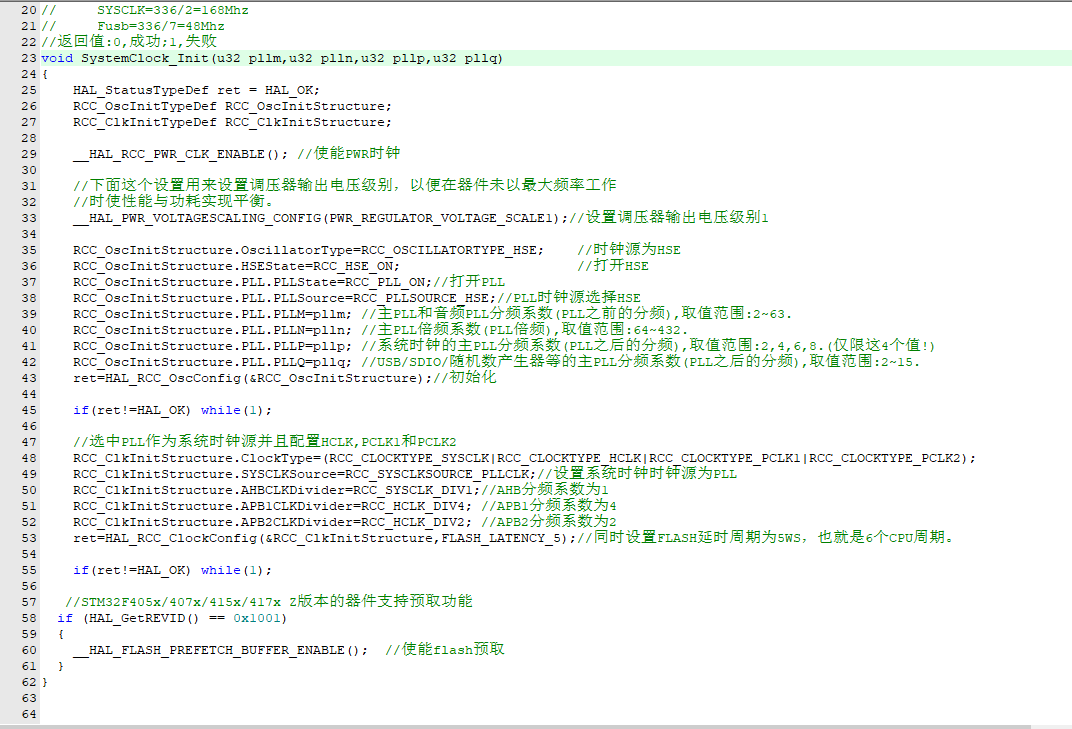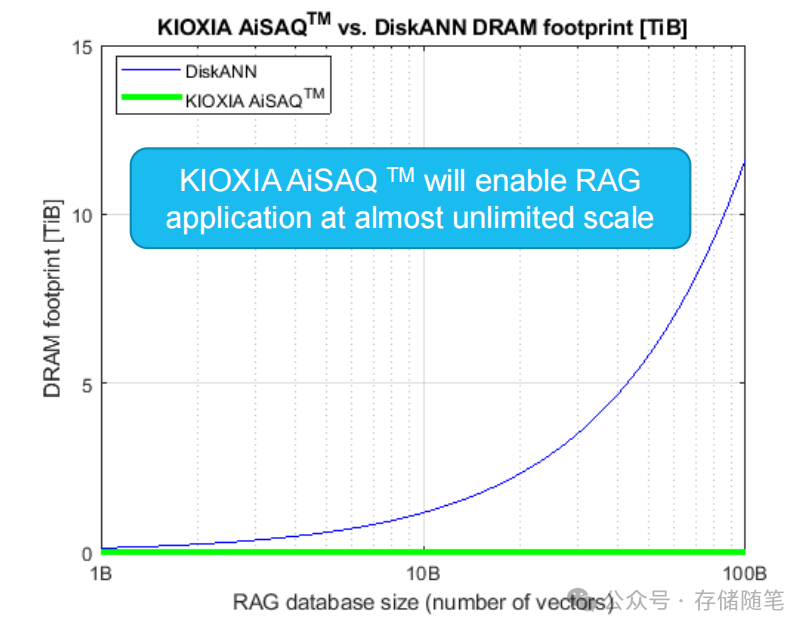本文参考MMYOLO官方的特征图可视化教程,对MMROTATE相关算法进行特征图可视化
1. 新建featmap_vis_demo.py文件
在mmrotate项目文件夹下新建 featmap_vis_demo.py :
# Copyright (c) OpenMMLab. All rights reserved.
import argparse
import os
from typing import Sequence
import mmcv
from mmdet.apis import inference_detector, init_detector
from mmengine import Config, DictAction
from mmengine.registry import init_default_scope
from mmengine.utils import ProgressBar
from mmrotate.registry import VISUALIZERS
from mmrotate.utils.misc import auto_arrange_images, get_file_list
def parse_args():
parser = argparse.ArgumentParser(description='Visualize feature map')
parser.add_argument(
'img', help='Image path, include image file, dir and URL.')
parser.add_argument('config', help='Config file')
parser.add_argument('checkpoint', help='Checkpoint file')
parser.add_argument(
'--out-dir', default='./output', help='Path to output file')
parser.add_argument(
'--target-layers',
default=['backbone'],
nargs='+',
type=str,
help='The target layers to get feature map, if not set, the tool will '
'specify the backbone')
parser.add_argument(
'--preview-model',
default=False,
action='store_true',
help='To preview all the model layers')
parser.add_argument(
'--device', default='cuda:0', help='Device used for inference')
parser.add_argument(
'--score-thr', type=float, default=0.3, help='Bbox score threshold')
parser.add_argument(
'--show', action='store_true', help='Show the featmap results')
parser.add_argument(
'--channel-reduction',
default='select_max',
help='Reduce multiple channels to a single channel')
parser.add_argument(
'--topk',
type=int,
default=4,
help='Select topk channel to show by the sum of each channel')
parser.add_argument(
'--arrangement',
nargs='+',
type=int,
default=[2, 2],
help='The arrangement of featmap when channel_reduction is '
'not None and topk > 0')
parser.add_argument(
'--cfg-options',
nargs='+',
action=DictAction,
help='override some settings in the used config, the key-value pair '
'in xxx=yyy format will be merged into config file. If the value to '
'be overwritten is a list, it should be like key="[a,b]" or key=a,b '
'It also allows nested list/tuple values, e.g. key="[(a,b),(c,d)]" '
'Note that the quotation marks are necessary and that no white space '
'is allowed.')
args = parser.parse_args()
return args
class ActivationsWrapper:
def __init__(self, model, target_layers):
self.model = model
self.activations = []
self.handles = []
self.image = None
for target_layer in target_layers:
self.handles.append(
target_layer.register_forward_hook(self.save_activation))
def save_activation(self, module, input, output):
self.activations.append(output)
def __call__(self, img_path):
self.activations = []
results = inference_detector(self.model, img_path)
return results, self.activations
def release(self):
for handle in self.handles:
handle.remove()
def main():
args = parse_args()
cfg = Config.fromfile(args.config)
if args.cfg_options is not None:
cfg.merge_from_dict(args.cfg_options)
init_default_scope(cfg.get('default_scope', 'mmyolo'))
channel_reduction = args.channel_reduction
if channel_reduction == 'None':
channel_reduction = None
assert len(args.arrangement) == 2
model = init_detector(args.config, args.checkpoint, device=args.device)
if not os.path.exists(args.out_dir) and not args.show:
os.mkdir(args.out_dir)
if args.preview_model:
print(model)
print('\n This flag is only show model, if you want to continue, '
'please remove `--preview-model` to get the feature map.')
return
target_layers = []
for target_layer in args.target_layers:
try:
target_layers.append(eval(f'model.{target_layer}'))
except Exception as e:
print(model)
raise RuntimeError('layer does not exist', e)
activations_wrapper = ActivationsWrapper(model, target_layers)
# init visualizer
visualizer = VISUALIZERS.build(model.cfg.visualizer)
visualizer.dataset_meta = model.dataset_meta
# get file list
image_list, source_type = get_file_list(args.img)
progress_bar = ProgressBar(len(image_list))
for image_path in image_list:
result, featmaps = activations_wrapper(image_path)
if not isinstance(featmaps, Sequence):
featmaps = [featmaps]
flatten_featmaps = []
for featmap in featmaps:
if isinstance(featmap, Sequence):
flatten_featmaps.extend(featmap)
else:
flatten_featmaps.append(featmap)
img = mmcv.imread(image_path)
img = mmcv.imconvert(img, 'bgr', 'rgb')
if source_type['is_dir']:
filename = os.path.relpath(image_path, args.img).replace('/', '_')
else:
filename = os.path.basename(image_path)
out_file = None if args.show else os.path.join(args.out_dir, filename)
# show the results
shown_imgs = []
visualizer.add_datasample(
'result',
img,
data_sample=result,
draw_gt=False,
show=False,
wait_time=0,
out_file=None,
pred_score_thr=args.score_thr)
drawn_img = visualizer.get_image()
for featmap in flatten_featmaps:
shown_img = visualizer.draw_featmap(
featmap[0],
drawn_img,
channel_reduction=channel_reduction,
topk=args.topk,
arrangement=args.arrangement)
shown_imgs.append(shown_img)
shown_imgs = auto_arrange_images(shown_imgs)
progress_bar.update()
if out_file:
mmcv.imwrite(shown_imgs[..., ::-1], out_file)
print(f'{out_file} has been saved')
if args.show:
visualizer.show(shown_imgs)
if not args.show:
print(f'All done!'
f'\nResults have been saved at {os.path.abspath(args.out_dir)}')
# Please refer to the usage tutorial:
# https://github.com/open-mmlab/mmyolo/blob/main/docs/zh_cn/user_guides/visualization.md # noqa
if __name__ == '__main__':
main()
2. 修改或替换mmrotate的misc.py文件
mmrotate-1.x/mmrotate/utils/misc.py , 删除里面的内容,填入以下内容:

# Copyright (c) OpenMMLab. All rights reserved.
from typing import Union
from mmengine.config import Config, ConfigDict
# Copyright (c) OpenMMLab. All rights reserved.
import os
import urllib
import numpy as np
import torch
from mmengine.utils import scandir
IMG_EXTENSIONS = ('.jpg', '.jpeg', '.png', '.ppm', '.bmp', '.pgm', '.tif',
'.tiff', '.webp')
def get_test_pipeline_cfg(cfg: Union[str, ConfigDict]) -> ConfigDict:
"""Get the test dataset pipeline from entire config.
Args:
cfg (str or :obj:`ConfigDict`): the entire config. Can be a config
file or a ``ConfigDict``.
Returns:
:obj:`ConfigDict`: the config of test dataset.
"""
if isinstance(cfg, str):
cfg = Config.fromfile(cfg)
def _get_test_pipeline_cfg(dataset_cfg):
if 'pipeline' in dataset_cfg:
return dataset_cfg.pipeline
# handle dataset wrapper
elif 'dataset' in dataset_cfg:
return _get_test_pipeline_cfg(dataset_cfg.dataset)
# handle dataset wrappers like ConcatDataset
elif 'datasets' in dataset_cfg:
return _get_test_pipeline_cfg(dataset_cfg.datasets[0])
raise RuntimeError('Cannot find `pipeline` in `test_dataloader`')
return _get_test_pipeline_cfg(cfg.test_dataloader.dataset)
def auto_arrange_images(image_list: list, image_column: int = 2) -> np.ndarray:
"""Auto arrange image to image_column x N row.
Args:
image_list (list): cv2 image list.
image_column (int): Arrange to N column. Default: 2.
Return:
(np.ndarray): image_column x N row merge image
"""
img_count = len(image_list)
if img_count <= image_column:
# no need to arrange
image_show = np.concatenate(image_list, axis=1)
else:
# arrange image according to image_column
image_row = round(img_count / image_column)
fill_img_list = [np.ones(image_list[0].shape, dtype=np.uint8) * 255
] * (
image_row * image_column - img_count)
image_list.extend(fill_img_list)
merge_imgs_col = []
for i in range(image_row):
start_col = image_column * i
end_col = image_column * (i + 1)
merge_col = np.hstack(image_list[start_col:end_col])
merge_imgs_col.append(merge_col)
# merge to one image
image_show = np.vstack(merge_imgs_col)
return image_show
def get_file_list(source_root: str) -> [list, dict]:
"""Get file list.
Args:
source_root (str): image or video source path
Return:
source_file_path_list (list): A list for all source file.
source_type (dict): Source type: file or url or dir.
"""
is_dir = os.path.isdir(source_root)
is_url = source_root.startswith(('http:/', 'https:/'))
is_file = os.path.splitext(source_root)[-1].lower() in IMG_EXTENSIONS
source_file_path_list = []
if is_dir:
# when input source is dir
for file in scandir(
source_root, IMG_EXTENSIONS, recursive=True,
case_sensitive=False):
source_file_path_list.append(os.path.join(source_root, file))
elif is_url:
# when input source is url
filename = os.path.basename(
urllib.parse.unquote(source_root).split('?')[0])
file_save_path = os.path.join(os.getcwd(), filename)
print(f'Downloading source file to {file_save_path}')
torch.hub.download_url_to_file(source_root, file_save_path)
source_file_path_list = [file_save_path]
elif is_file:
# when input source is single image
source_file_path_list = [source_root]
else:
print('Cannot find image file.')
source_type = dict(is_dir=is_dir, is_url=is_url, is_file=is_file)
return source_file_path_list, source_type
3. 输出热力图
首先要配置好并且切换到mmrotate虚拟环境,然后运行以下命令:
这里是引用
python featmap_vis_demo.py <path to your photo> \
<path to your config file> \
<path to your weight file> \
--target-layers <想要输出特征图的位置 backbone or neck ...> \
--channel-reduction select_max \
--out-dir '<path to your output dir>'
具体的例子为:
python featmap_vis_demo.py demo/heatMap.png \
configs/rotated_rtmdet_tiny-9x-hrsc.py \
weights/155647.pth \
--target-layers neck \
--channel-reduction select_max \
--out-dir 'output'
然后就可以在output文件夹中看到输出的热力图:

参考MMYOLO教程:
玩转 MMYOLO 之工具篇(一):特征图可视化




![[Excel VBA]如何使用VBA自动生成图表](https://i-blog.csdnimg.cn/direct/5381427ca0cd4a56be8c26b5c6db923a.png)














